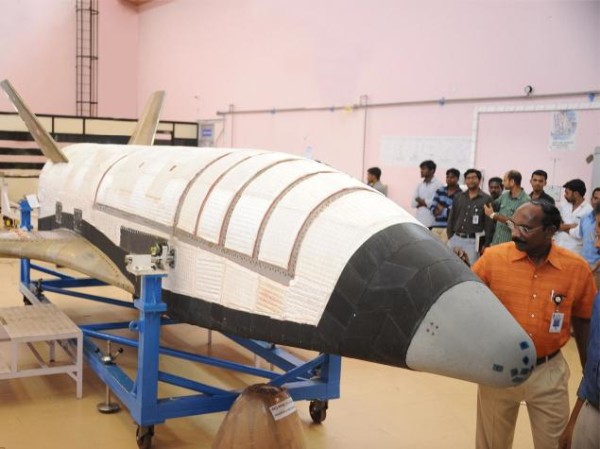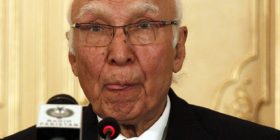An air of excitement mixed with expectation at Sriharikota.
There is an air of excitement mixed with expectation at the Sriharikota spaceport as things are getting set for the first launch of India’s reusable launch vehicle (RLV) between 7 a.m. and 11 a.m. on Monday. It is a technology demonstrator (TD) and hence the flight is called RLV-TD.
The RLV or the winged space plane is already integrated with booster rocket, HS-9, at the first launch pad.
Wind speed
An Indian Space Research Organisation (ISRO) official said on Sunday evening: “Everything is normal. The weather is fine. Wind conditions permitting, the lift off will take place any time between 7 a.m. and 11 a.m. Those four hours are launch window. We are aiming for a launch at 9.30 a.m. But winds with low speed should prevail. We are looking at the wind data. There is some disturbance in the Bay of Bengal.”
After a few hours’ count-down, the entire contraption with the winged space plane sitting on top of the booster rocket, will take off like a rocket. The booster rocket will take the RLV to a height of about 50 km and release it there. The space plane will climb another 20 km. From the altitude of 70 km, the RLV will begin its descent and re-enter the earth’s atmosphere at a hypersonic speed of about 5.7 Mach.
The test is, therefore, called Hypersonic Flight Experiment (HEX-01). The RLV’s flight will not be a powered flight. It will be a dummy flight.
The winged space plane will be guided by navigation, guidance and control systems to land on “a virtual runway” on the sea anywhere between Chennai and the Andaman archipelago.
It will perform landing manoeuvres at an altitude of 10 km above the Bay of Bengal and then finally touch down. The space plane will not be recovered.






Leave a reply